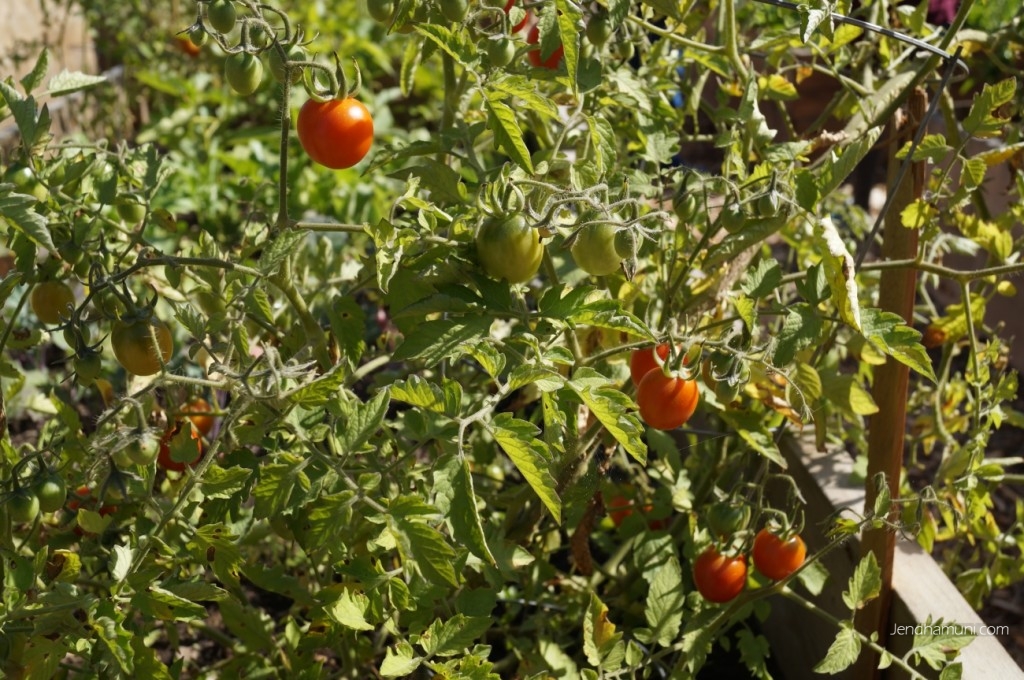
1. Load up on lycopene
The antioxidant properties of lycopene may protect our immune cells from destructive free radicals, molecules that can harm cells and damage DNA. The best way to get lycopene—which is in the skin, and gives red tomatoes their rich colour—is through cooked or processed tomatoes (juice, sauce and paste). Cook tomatoes with a little healthy oil (e.g., olive or canola), which helps carry the lycopene into the bloodstream.
2. Care for your heart
Tomatoes are rich in vitamin C, which, like lycopene, is linked to reducing the risk of heart disease. Most of the vitamin C is concentrated in the jelly-like substance that encases the seeds. Tomatoes are also high in salicylates, which have an anti-clotting effect on the blood, and may be partially responsible for tomatoes’ protective effect against heart disease. Many recipes advise removing the seeds to prevent a bitter flavour. But to conserve nutrients, use plum tomatoes, which have less-bitter seeds.
3. Help control asthma
A new Australian study found that adequate intake of lycopene and vitamin A helped reduce exercise-induced asthma symptoms.
4. Feed your bones
Tomatoes contain vitamin K, which plays a key role in clotting blood and maintaining strong bones. And, research from Boston University found that vitamin K deficiency is linked to a higher prevalence of hand and knee osteoarthritis.
5. Add vitamin A
Vitamin A helps maintain healthy skin, hair, mucous membrances, bones and teeth. One cup (250 mL) of chopped tomatoes provides over half of the recommended daily amount of vitamin A for women.
Source: Best Health
Link source



















